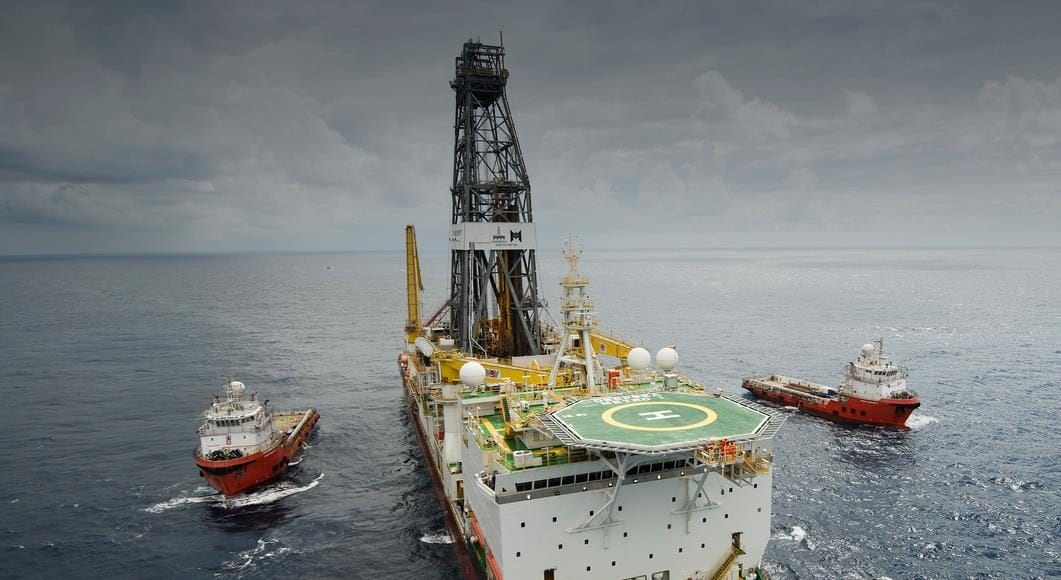Rystad Energy forecasts that more than 1 million kilometers of new oil and gas wells will be drilled over the next five years.
The Norway-based energy research and business intelligence company said the collective depth of these wells is the equivalent of 25 times around the equator – or 2.5 times the distance to the moon.
As the global oil and gas industry gets back into high gear – thanks in no small part to higher commodity prices – demand for steel is set to increase. This is tied to the rising need for steel casing that is commonly used in oil and gas wells to prevent them from collapsing or getting damaged.
Rystad Energy said drawing on its proprietary WellCube database, it forecasts that the number of onshore and offshore oil and gas wells drilled globally will increase to around 65,000 in 2019. Activity levels are then projected to remain around this level through 2023.
“North America will be in a league of its own thanks to the shale boom. Nearly six in ten new wells on the continent will be drilled in shale basins. These wells are typically longer than other supply segment wells. This helps explain why shale wells represent around 80% of the distance drilled in North America by 2023,” says Erik Reiso, Head of Consulting at Rystad Energy.
Rystad Energy’s study also reveals striking differences between the onshore and offshore markets for new wells.
“Whereas the top four offshore operators will add a quarter of new offshore wells going forward, the top ten in the onshore market only represent around one-third of new wells from 2019 to 2023, implying a much more diversified player landscape,” Reiso added.




